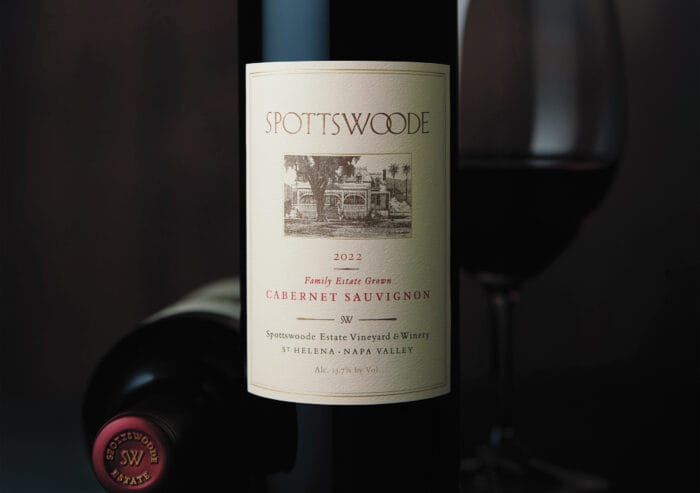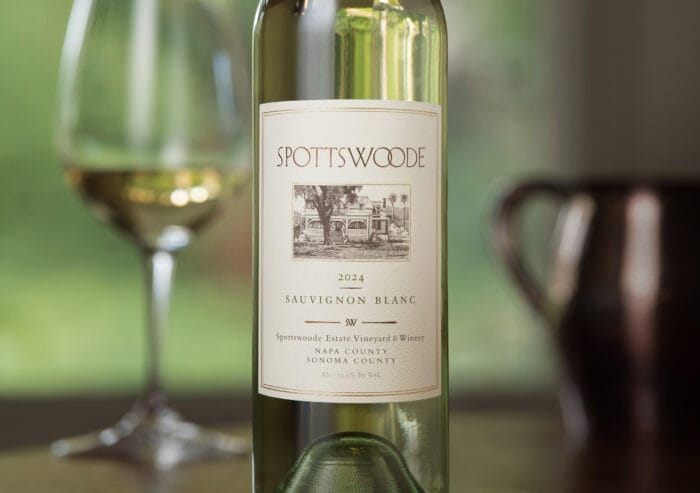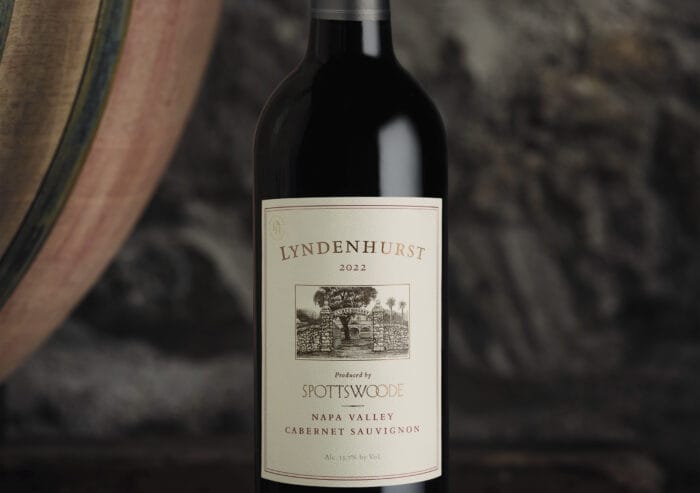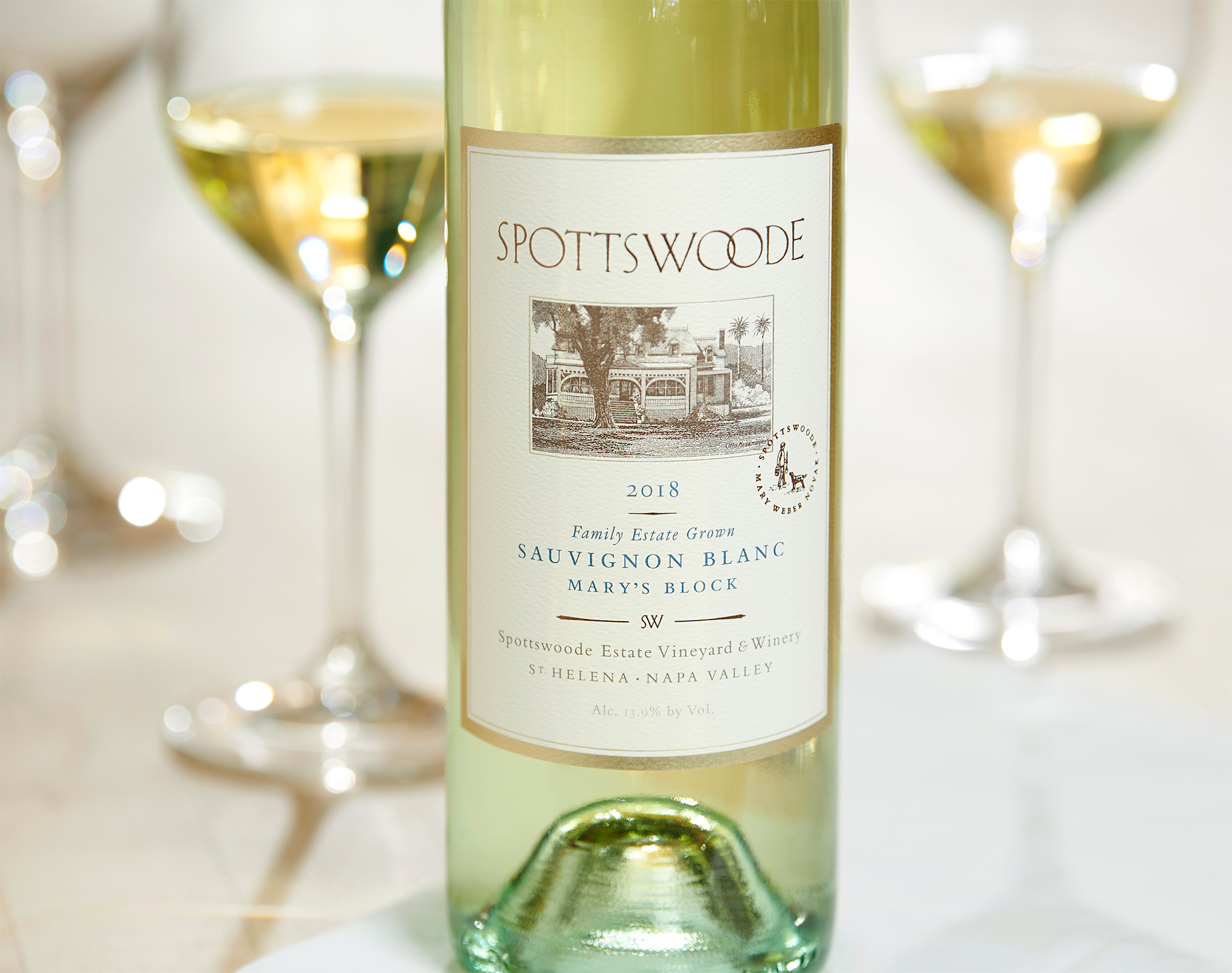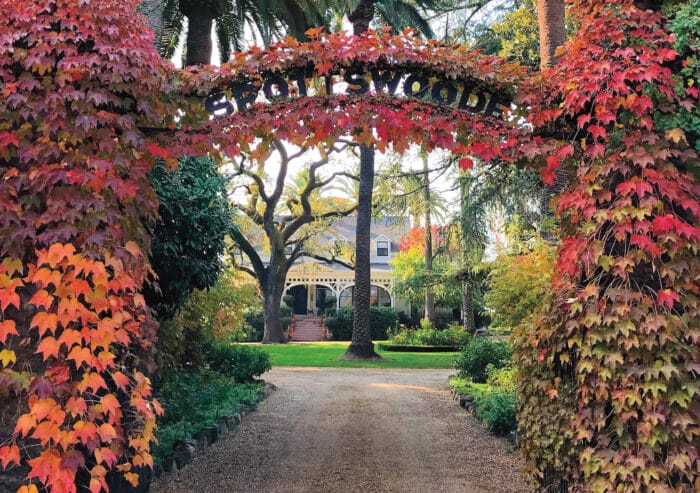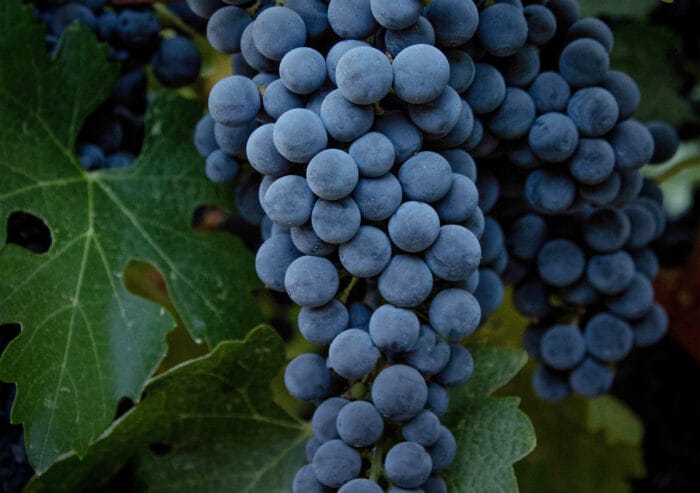Accolades
Alder Yarrow’s Vinography
February 18, 2012
Spottswoode Estate, Napa: Current Releases
Great wines are always tapestries of story, with people and place making up the warp and weft of their fabric. When a family stays long enough in one place, they grow roots that can never fully come free from the soil. Such a connection doesn’t take centuries, but merely a couple of generations. When children grow up running through the vines, they may wander away, but are often drawn back inexorably to the place where their roots run deepest.
Such is the story of two generations of women and a place called Spottswoode, an estate in the picturesque town of St. Helena in the Napa Valley.
Around 1875, there were few establishments that California wine connoisseurs could go to truly experience the best of what California had to offer, but one of them was the Hotel Del Monte in Monterey. The man largely responsible for what many considered one of the best California wine lists available at the time was named George Schoenewald, who ran the establishment until the early 1880s when he moved north. In 1882 he purchased a 31 acre parcel at the edge of St. Helena and established an estate that he called Esmeralda. He planted 17 acres of vines, built a beautiful victorian manor that resembled the Hotel Del Monte, and established a winery nearby. In 1884 he sold a few of his acres to Frank Kraft, who established a winery across the street.
Schoenewald remained active as a hotelier, taking over the dining room operations for San Francisco’s famous Palace Hotel in 1886, and split his time between San Francisco and St. Helena, where he was becoming increasingly drawn to viticulture. It was a small town, and a small valley at that point, and Schoenewald quickly found friends among some of the most famous viticulturists in history, two of which, vintner Hamilton W. Crabb and Professor Arthur Hayne, were in the midst of a battle to save Napa’s vineyards from the scourge of phylloxera. Schoenewald’s association with these men led to him being one of the first to import and use the St. George rootstock, which was about to emerge as the chief savior in that battle.
In 1906 Schoenewald sold the estate, and it changed hands a few more times before being purchased in 1910 by a Mrs. Albert Spotts, a wealthy widower who named the estate Spottswoode after her late husband. The estate remained in the hands of the Spotts family until 1972, when California natives Mary Weber Novak and Dr. Jack Novak purchased the estate and moved up from San Diego with their young children to try their hand at a life of farming. The St. George rootstock that Schoenewald had planted was properly resistant to phylloxera, but not entirely suited to the estate’s soils, so the Novaks set about replanting much of the vineyards and were still in the middle of this process when Dr. Novak passed away unexpectedly in 1977.
Mary Novak then made the fateful decision to complete the work she and her husband had begun, and settled down to make a home for herself as a single mother, and a career for herself as one of the valley’s few female winery proprietors. Originally she wanted to use the original Esmeralda winery building to produce her own wine, but the county would not give her a permit to do so. The winery’s first vintage was 1982, exactly 100 years after the property was first established, and was produced in rented facilities, as were the next eight vintages until a remarkable opportunity presented itself.
The old Kraft winery, just across the street, came up for sale in 1990, and in a single transaction Novak not only got herself a winery, but also reunited the original Schoenewald estate. The restored Kraft winery building, circa 1884, now serves as the winery, and the beautiful old victorian on the property is used as the tasting room and winery office.
Mary Novak still lives in the old victorian built by Schoenewald, and remains CEO of the business, but the winery is now primarily run by her daughters, Beth Weber Novak and Lindy Novak, who grew up playing in the shadows of the estate’s huge linden trees. Both Mary Novak and her daughters have built something of a female powerhouse of an estate over the years, whenever possible choosing female winemakers. Rosemary Cakebread, who actively made the wines from 1997 until 2006, continues as consulting winemaker. After several years of winemaking by Jennifer Williams, Spottswoode now has its first male winemaker in some time, the young Aron Weinkauf, who joined the estate as Assistant Winemaker and gradually moved to take over both the role of Vineyard Manager as well as Winemaker in 2011.
Spottswoode has been one of Napa Valley’s stalwart producers of quality Cabernet Sauvignon since its earliest years, and for the last decade or so has been quietly turning out elegant, refined, and even understated wines that represent everything that is good about Napa Cabernet. While other wineries have pushed the frontiers of ripeness, extraction, and new oak, Spottswoode seems to have simply stuck to its guns, and now represents a classic profile of Cabernet in the valley.
The estate has been farmed organically since 1985 (fully certified in 1992) and is currently experimenting with many tenets of biodynamic viticulture. The winemaking takes an equally thoughtful and restrained approach, marked, in particular, by a limited use of new French oak (usually somewhere between 50 and 70 percent) for the winery’s estate Cabernet.
The winery produces four wines: their estate Cabernet Sauvignon, a Sauvignon Blanc, a second label Cabernet named Lyndenhurst, and most recently, a Rhone style blend from Paso Robles fruit called Field Book. All are made in quite small quantities, with total production hovering somewhere around 6,000 cases of wine.
Spottswoode’s wines aren’t plentiful, nor are they cheap, but their estate Cabernets are among the best that Napa has to offer. I stopped by in January to taste through their current lineup and to get a preview of their 2009 wine, which, as you can see from the notes below, is quite spectacular.
Tasting Notes
2010 Spottswoode Sauvignon Blanc, Napa & Sonoma
A blend of 61% Sauvignon Blanc, 36% Sauvignon Musque, and 3% Semillion, this wine has a light greenish gold hue in the glass. it smells of kiwi and green apple with a whiff of fresh bright wet stone. In the mouth, green apple and wet stone flavors zip around on the back of excellent acidity, and linger with a hint of yeasty woodiness in the finish. 14.1% alcohol. Score: around 9. Cost: $36.
2009 Lyndenhurst Cabernet Sauvignon, St. Helena, Napa
Dark garnet in the glass, this wine smells of wet earth, cherry, and tobacco. In the mouth fine grained tannins wrap around a core of bright cherry fruit with hints of cedar and vanilla. good acid, nice length. With 3% Cabernet Franc added. Tasty? 14.6% alcohol. Score: between 8.5 and 9.
2008 Spottswoode Estate Cabernet Sauvignon, St. Helena, Napa
Inky garnet in the glass, this wine has a nose of bright juicy fruit with hints of cola, cherry cocoa aromas. In the mouth the wine is gorgeously supple and smooth with silky tannins. A core of cherry and tobacco and wet earth flavor has a surprising brightness with fantastic acidity and a long cocoa powder finish. 7.6% Cabernet Franc. Stunning. 14.5% alcohol. Score: between 9 and 9.5.
2009 Spottswoode Estate Cabernet Sauvignon, St. Helena, Napa
Inky garnet in the glass, this wine smells of black cherry, tobacco and a hint of green herbs. In the mouth the wine is broad and expansive with mouth-coating tannins that are velvety and smooth. Rich cherry and cedar flavors mix with cocoa powder and a hint of licorice. Gorgeous acidity is welded to a cool dark earth quality that lingers through the extremely long finish. Just a touch more elegant than the 2008, with slightly better acidity, and a whisker more poise and balance. Exceptional. 14.5% alcohol. Score: around 9.5. This wine will be released in a few months.

